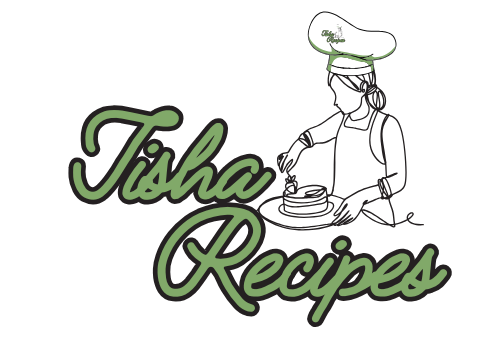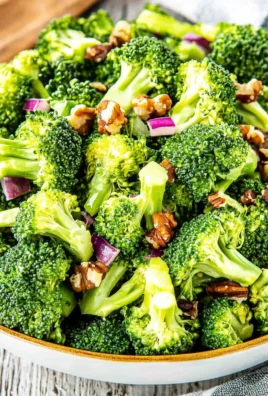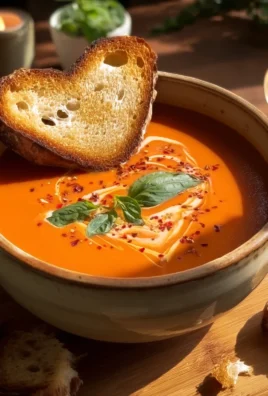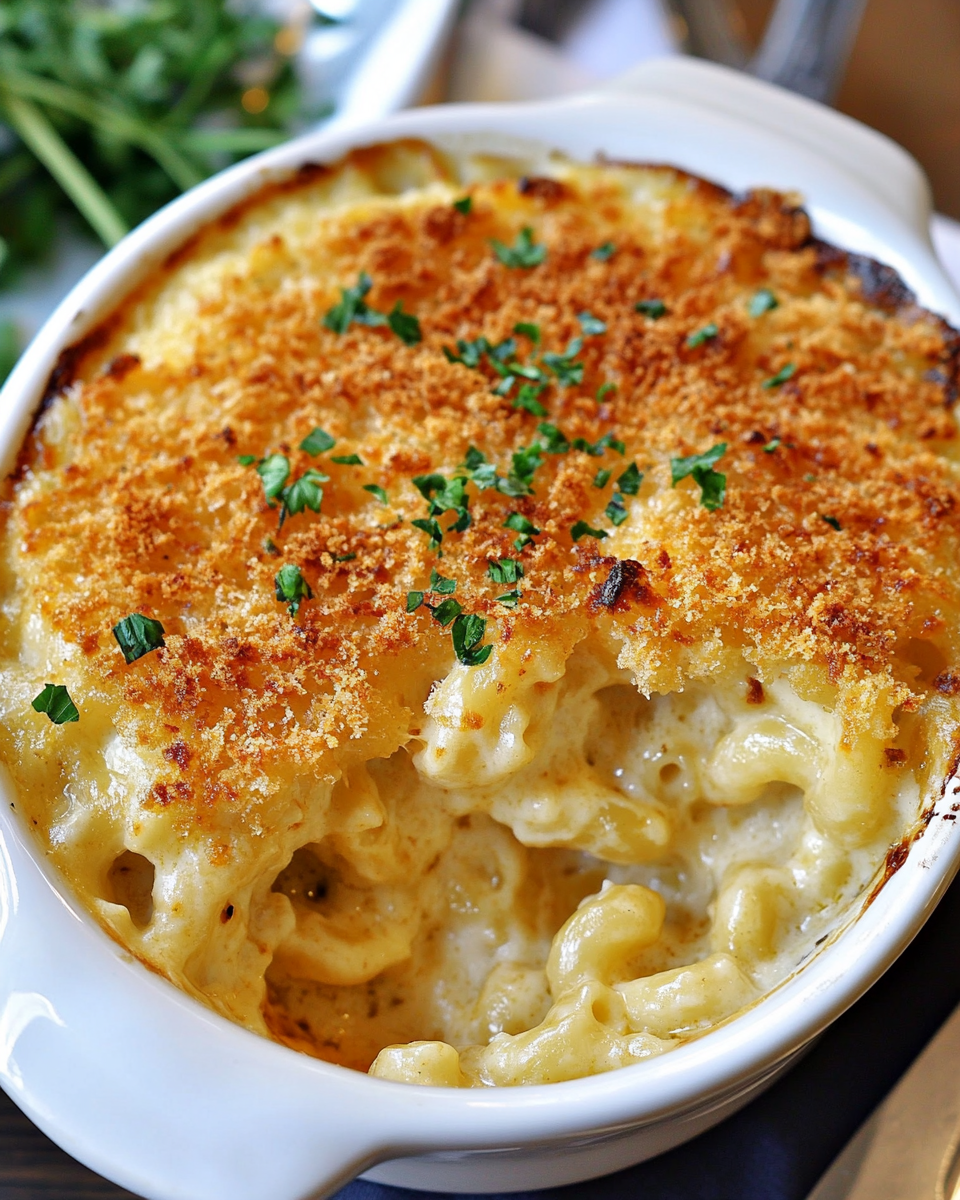
Cornbread muffins are a cherished part of American culinary tradition. Their golden color, soft crumb, and slightly sweet or savory flavor make them a versatile dish that fits seamlessly into a wide variety of meals. Whether served with hearty chili, as an accompaniment to a Southern barbecue, or enjoyed on their own with a dollop of butter, cornbread muffins embody comfort and tradition.
In this section, we will explore the history of cornbread muffins, their evolution from simple cornbread recipes, and their deep cultural significance. From their indigenous roots to their place in modern cuisine, cornbread muffins are more than just a food—they are a celebration of history, creativity, and community.
The Origins of Cornbread
Cornbread, the foundation of the cornbread muffin, traces its roots back thousands of years to the indigenous peoples of Mesoamerica. Corn, or maize, was a staple crop cultivated and revered by civilizations like the Mayans, Aztecs, and Incas. These early societies developed various methods of preparing corn, including grinding it into meal to create simple bread-like dishes.
When corn spread to North America, it became a dietary cornerstone for Native American tribes. Early forms of cornbread were crafted by mixing cornmeal with water and baking it over an open fire. This bread was simple, nutritious, and easy to prepare, making it an essential survival food.
European settlers who arrived in North America in the 17th century quickly adopted corn as a staple crop. Wheat and rye, which they brought from Europe, struggled to grow in the new environment, but corn thrived. By learning from Native American techniques, settlers incorporated cornmeal into their diets, using it to make porridge, flatbreads, and early versions of cornbread.
The Evolution of Cornbread Muffins
The transition from traditional cornbread to the muffin form occurred alongside advancements in baking techniques and tools. As iron stoves and ovens became more widespread in the 18th and 19th centuries, the ability to bake individual portions of cornbread became feasible. Muffin tins and other baking vessels allowed cooks to experiment with new shapes and sizes, giving rise to the cornbread muffin.
These muffins offered several advantages:
- Portion Control: Muffins provided convenient, individual servings, making them ideal for large families or community gatherings.
- Even Baking: Smaller portions ensured a consistent crumb and a perfectly golden crust.
- Adaptability: The muffin format allowed for easier customization with mix-ins like cheese, jalapeños, or dried fruit.
Cornbread muffins gained popularity in Southern households, where they became a staple at dinner tables. Their versatility made them suitable for both sweet and savory dishes, and their simple preparation allowed them to remain accessible to all.
Cultural Significance
Cornbread muffins hold a special place in American culture, particularly in the South. They are a symbol of hospitality and home-cooked meals, often served at family gatherings, church events, and community potlucks. In Southern cuisine, they are celebrated as a key component of traditional comfort food.
Beyond their role as a beloved side dish, cornbread muffins are a testament to the blending of indigenous and European culinary traditions. They serve as a reminder of the ingenuity and resilience of the early peoples who made the most of the resources available to them.
Cornbread muffins have also made their mark in popular culture. From being mentioned in classic American literature to appearing on menus in films and TV shows, they are a recognizable symbol of nostalgia and warmth. In recent years, they have been reinvented by chefs and home cooks alike, taking on modern flavors while still honoring their traditional roots.
Ingredients that Define Cornbread Muffins
Cornbread muffins rely on a handful of core ingredients that work together to create their signature taste and texture:
- Cornmeal
- The star ingredient, providing the characteristic corn flavor and a slightly grainy texture.
- Flour
- Balances the cornmeal, ensuring a soft crumb and structural integrity.
- Leavening Agents
- Baking powder and baking soda are essential for giving the muffins their rise and fluffiness.
- Sweeteners
- Sugar, honey, or molasses add a touch of sweetness, though the amount can vary based on regional preferences.
- Fats
- Butter, oil, or lard contribute to the muffins’ richness and moistness.
- Dairy
- Milk or buttermilk not only binds the ingredients but also enhances the muffins’ flavor and tenderness.
- Eggs
- Provide structure and stability, helping the muffins hold their shape.
Step-by-Step Process: Traditional Cornbread Muffins
Making cornbread muffins from scratch is a simple yet rewarding process. Here’s an outline of the traditional method:
- Prepare the Ingredients
- Measure and sift dry ingredients, ensuring they are evenly combined.
- Combine Wet Ingredients
- Mix milk, melted butter, eggs, and sweeteners in a separate bowl.
- Mix Gently
- Gradually incorporate the wet mixture into the dry ingredients, stirring until just combined. Overmixing can result in dense muffins.
- Portion the Batter
- Use a scoop to evenly distribute the batter into a greased or lined muffin tin.
- Bake
- Place the tin in a preheated oven, typically set to 375°F (190°C), and bake for 15–20 minutes or until golden brown.
- Cool and Serve
- Allow the muffins to cool slightly before serving warm with butter or your favorite topping.
Enhancements, Variations, and Serving Ideas for Cornbread Muffins
Creative Variations of Cornbread Muffins
Cornbread muffins offer endless possibilities for customization. Whether you prefer them sweet, savory, or somewhere in between, the following variations add exciting twists to the classic recipe.
1. Sweet Cornbread Muffins
- Add sugar or honey to the batter for a dessert-like sweetness.
- Fold in ingredients like dried cranberries, blueberries, or chopped nuts for added texture and flavor.
- Drizzle with a glaze made of powdered sugar and milk for a bakery-style treat.
2. Savory Cornbread Muffins
- Mix in shredded cheddar cheese, chopped scallions, or jalapeños for a bold, savory kick.
- Add cooked bacon bits, crumbled sausage, or diced ham for a protein-packed snack.
- Incorporate fresh herbs like rosemary or thyme to elevate the flavor profile.
3. Vegan Cornbread Muffins
- Replace eggs with flaxseed meal or applesauce as a binder.
- Use plant-based milk (almond, soy, or oat) and a neutral oil like coconut or vegetable oil.
- Enhance the flavor with vegan-friendly add-ins like nutritional yeast or caramelized onions.
4. Gluten-Free Cornbread Muffins
- Substitute wheat flour with gluten-free alternatives like almond flour, rice flour, or a gluten-free all-purpose mix.
- Ensure the cornmeal used is certified gluten-free to avoid cross-contamination.
- Combine xanthan gum or psyllium husk to improve the texture and structure.
5. Buttermilk Cornbread Muffins
- Use buttermilk instead of regular milk for a tangy, rich flavor.
- Combine with baking soda to enhance the light and fluffy texture.
6. Honey-Butter Cornbread Muffins
- Mix honey directly into the batter for a natural sweetness.
- Top each muffin with a pat of butter and a drizzle of honey before baking for a glossy, caramelized finish.
7. Corn Kernel Cornbread Muffins
- Add whole corn kernels to the batter for bursts of texture and sweetness.
- Use fresh, canned, or frozen corn (thawed) for convenience.
8. Spiced Cornbread Muffins
- Infuse warm spices like cinnamon, nutmeg, or allspice for a holiday-inspired flavor.
- Pair with sweet additions like brown sugar and raisins for a cozy treat.
Serving Ideas and Pairings for Cornbread Muffins
Cornbread muffins are a versatile dish that complements a variety of meals. They can shine as a side dish, a snack, or even a main component of a creative recipe.
1. Classic Pairings
- Chili: The slightly sweet flavor of cornbread muffins pairs perfectly with the savory, spicy notes of a hearty chili.
- Barbecue: Serve alongside smoked ribs, pulled pork, or grilled chicken for a Southern-style feast.
- Soup or Stew: Cornbread muffins are an excellent companion to creamy soups or hearty stews, such as chicken noodle, clam chowder, or beef stew.
2. Breakfast Options
- Serve with scrambled eggs, sausage, or bacon for a hearty breakfast.
- Use them as a base for eggs Benedict with a cornbread twist.
- Spread with fruit preserves, honey, or flavored butter for a quick morning treat.
3. Holiday and Special Occasion Ideas
- Include cornbread muffins as part of a Thanksgiving or Christmas dinner spread.
- Use mini cornbread muffins as appetizers or hors d’oeuvres, served with savory toppings like smoked salmon or cream cheese.
- Incorporate into stuffing recipes by crumbling muffins and mixing with herbs, broth, and vegetables.
4. Snacks and Lunchbox Ideas
- Pack cornbread muffins as an easy, mess-free snack for kids or adults.
- Serve with a small container of dip, such as honey butter, spiced cream cheese, or avocado spread.
- Create cornbread muffin sandwiches with fillings like ham, turkey, or roasted vegetables.
5. Desserts and Sweet Applications
- Transform leftover cornbread muffins into a bread pudding with custard, sugar, and spices.
- Serve as a base for shortcakes, topped with whipped cream and fresh fruit.
- Pair with ice cream and caramel sauce for a decadent dessert.
Nutritional Benefits of Cornbread Muffins
Cornbread muffins, when made with wholesome ingredients, can be a nutritious addition to your diet. They offer a balance of carbohydrates, fats, and proteins, with a variety of vitamins and minerals depending on the ingredients used.
1. Energy Source
- Cornmeal provides a steady source of energy through complex carbohydrates.
- Fats from butter, oil, or eggs add sustained energy and richness.
2. Nutritional Content
- Fiber: Cornmeal is a good source of dietary fiber, which supports digestion and gut health.
- Vitamins: Cornbread muffins contain vitamins like B6, folate, and niacin, which are essential for metabolism and overall health.
- Minerals: They are rich in magnesium, phosphorus, and zinc, which contribute to bone health and immune function.
3. Adaptations for Specific Diets
- By choosing low-fat dairy and natural sweeteners, cornbread muffins can be adapted for low-calorie diets.
- Gluten-free and vegan versions make them accessible to individuals with dietary restrictions.
Common Mistakes to Avoid When Making Cornbread Muffins
Even seasoned bakers can encounter challenges with cornbread muffins. Avoid these common pitfalls to ensure success:
1. Overmixing the Batter
- Excessive mixing can result in dense, tough muffins. Stir just until the ingredients are combined.
2. Using the Wrong Cornmeal
- Coarsely ground cornmeal can create a gritty texture, while overly fine cornmeal may lack the desired crumb. Opt for medium-ground cornmeal for the best results.
3. Skipping Grease or Liners
- Without proper greasing or liners, muffins may stick to the pan. Use non-stick spray or paper liners to prevent this issue.
4. Baking at the Wrong Temperature
- Too low a temperature results in pale muffins, while too high can lead to burnt edges. Ensure the oven is preheated to the recommended setting.
5. Forgetting to Test for Doneness
- Use a toothpick or skewer to test the center of the muffins. If it comes out clean, they are ready.
6. Allowing Batter to Sit Too Long
- Baking powder and baking soda begin reacting immediately upon mixing. Bake the muffins promptly to ensure a good rise.
Storage, Reheating, FAQs, and Final Thoughts on Cornbread Muffins
How to Store Cornbread Muffins
Proper storage is essential to maintain the freshness and flavor of cornbread muffins. Follow these guidelines to keep your muffins in top condition:
1. Room Temperature Storage
- Allow the muffins to cool completely before storing to prevent condensation, which can make them soggy.
- Store in an airtight container or resealable bag to preserve their moisture.
- Place a sheet of parchment paper between layers to prevent them from sticking together.
- Shelf life: 2–3 days at room temperature.
2. Refrigeration
- If you need to store muffins longer than 3 days, refrigeration is recommended.
- Wrap each muffin individually in plastic wrap to prevent drying out.
- Place the wrapped muffins in an airtight container or bag.
- Shelf life: Up to 1 week in the refrigerator.
3. Freezing
- For extended storage, freezing is the best option.
- Wrap each muffin in plastic wrap or aluminum foil, then place them in a freezer-safe bag.
- Label the bag with the date for easy tracking.
- Shelf life: Up to 3 months in the freezer.
How to Reheat Cornbread Muffins
Reheating cornbread muffins properly ensures they retain their soft, fluffy texture and delicious flavor.
1. Oven Method
- Preheat your oven to 350°F (175°C).
- Wrap the muffins in aluminum foil to prevent them from drying out.
- Place the wrapped muffins on a baking sheet and heat for 10–15 minutes.
2. Microwave Method
- Wrap the muffin in a damp paper towel to keep it moist.
- Microwave on medium power for 20–30 seconds.
- Check for desired warmth and heat in 10-second increments if needed.
3. Toaster Oven Method
- Set the toaster oven to 325°F (160°C).
- Place the muffin on a tray and heat for 5–7 minutes.
Tips for Storing and Reheating Muffins
- Avoid reheating muffins multiple times to preserve their quality.
- Add a small pat of butter or drizzle of honey after reheating for extra moisture and flavor.
- Consider reheating muffins directly from frozen using the oven method for convenience.
Frequently Asked Questions (FAQs)
1. Why are my cornbread muffins too dry?
- Overbaking is a common cause. Keep an eye on the muffins and remove them from the oven as soon as a toothpick comes out clean.
- Insufficient fat or liquid in the batter can also result in dryness. Use the recommended measurements for butter, oil, or milk.
2. Can I use self-rising cornmeal?
- Yes, but adjust the recipe to reduce or eliminate added leavening agents like baking powder or baking soda.
3. How do I make cornbread muffins fluffier?
- Use buttermilk and baking soda together for a lighter texture.
- Avoid overmixing the batter, as it can lead to dense muffins.
4. What can I do if my muffins stick to the pan?
- Grease the muffin tin thoroughly with non-stick spray, butter, or oil.
- Use paper liners for an easy, mess-free option.
5. Can I make cornbread muffins without sugar?
- Absolutely. Skip the sugar for a savory version or replace it with honey, maple syrup, or a sugar substitute.
6. What mix-ins pair well with cornbread muffins?
- Popular choices include shredded cheese, fresh herbs, cooked bacon, or diced jalapeños for savory muffins. For a sweeter twist, try dried cranberries, chocolate chips, or nuts.
7. Can I make mini cornbread muffins?
- Yes, simply use a mini muffin tin and reduce the baking time to 10–12 minutes.
8. How do I prevent muffins from crumbling?
- Add a bit more fat or liquid to the batter for better binding. Eggs also play a crucial role in holding the muffins together.
Final Notes and Pro Tips
Cornbread muffins are more than just a simple baked good; they are a versatile and adaptable recipe that can be tailored to suit any taste or occasion. Whether you prefer them sweet or savory, plain or loaded with mix-ins, mastering the art of cornbread muffins ensures you always have a reliable go-to dish.
Pro Tips for Success:
- Always preheat your oven to ensure even baking.
- Use room temperature ingredients for better mixing and consistency.
- Let the batter rest for a few minutes before baking to allow the leavening agents to activate.
- For an extra golden crust, sprinkle a bit of cornmeal or sugar on top of the batter before baking.
Conclusion
Cornbread muffins are a beloved classic that have stood the test of time, evolving from simple cornmeal recipes to a staple in kitchens worldwide. From their rich history rooted in Native American traditions to their modern-day versatility, these muffins are a testament to culinary creativity and adaptability.
By following the detailed preparation tips, exploring creative variations, and mastering storage and reheating techniques, you can enjoy cornbread muffins at their best. Whether served at family dinners, holiday feasts, or casual gatherings, they are sure to bring warmth and joy to any table.
Take this guide as your foundation, and don’t be afraid to experiment and make the recipe your own. Cornbread muffins are not just a dish—they’re a delicious reminder of tradition, innovation, and the joy of sharing good food with loved ones.




Leave a Comment